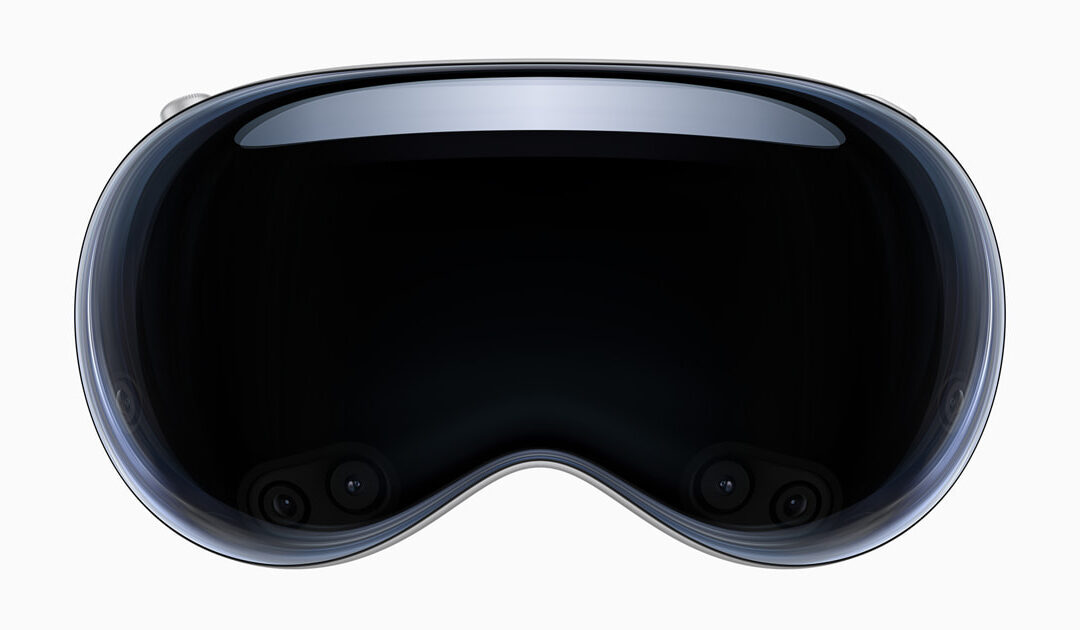IPv6, Secure and Private AI are both upon us, and Cohesive Networks is delivering into those areas with the same practical approach we have used for Public and Private Cloud all these years.

Apple VisionPro – No security issues yet!
This front image of the Apple VisionPro augmented reality headset is apt at the moment.
It is dark and we can’t see clearly yet, which is OK, because it allows us the opportunity to prognosticate.
In addition, no network or security issues yet!
We still have time to panic.
Although devices are not a normal topic for us at Cohesive Networks, as CTO, I thought I would ruminate a bit at LinkedIn in a post on The Apple Impact (2023).
Whilst the future is a bit murky, the AI breakout and VisionPro for AR (augmented reality) will combine in interesting ways: compelling, practical, frightening, and unanticipated.
From a Cohesive point of view, as we provide over-the-top networks and security to, through and across the clouds, both of these trends are going to have an impact with Large Language Models deep in the clouds, and augmented reality as the lens from below, piercing the cloud cover.
From a personal point of view:
“Vision Pro emerges at the same time as the artificial intelligence breakout. What will these gods of unknown intention be whispering in our ears? I can’t quite yet imagine these two emergent technologies combined and how it could bring about completely new social environments – with all the good and all the terrible amplified.”
We would love to hear what you think.


Recent Comments